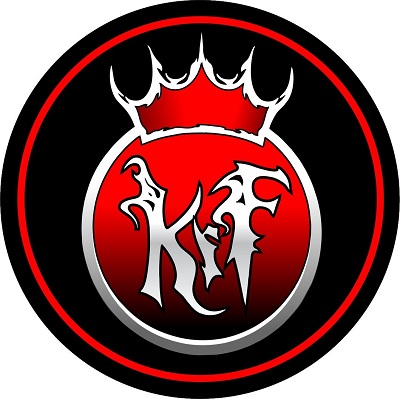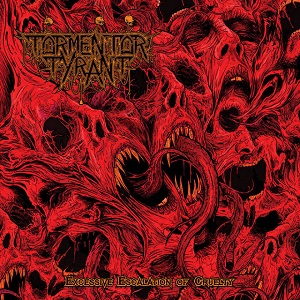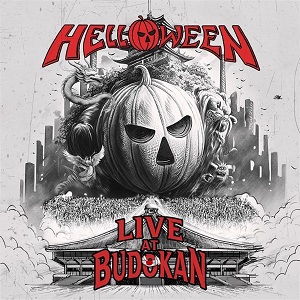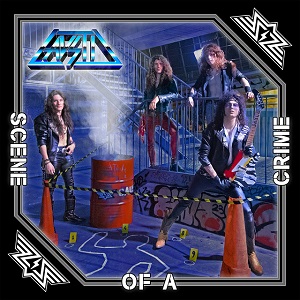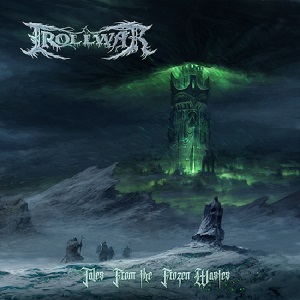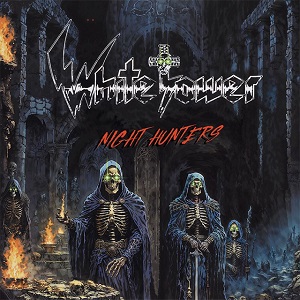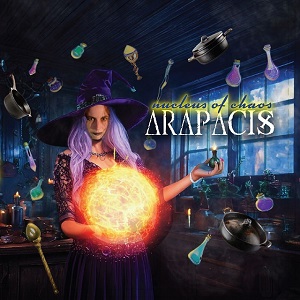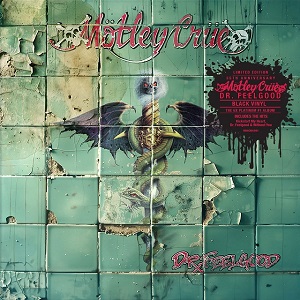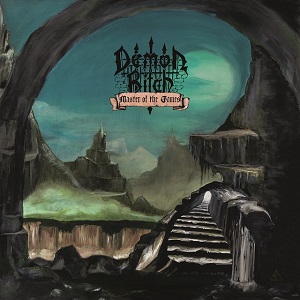STEVE VAI – “I’m Just Very Content To Be Playing The Guitar For The People That Are Interested”
June 23, 2022, 2 years ago

If he wanted to, Steve Vai could certainly rest on his musical laurels. After all, he has played guitar with the likes of Frank Zappa, David Lee Roth, and Whitesnake – in addition to releasing a slew of solo releases over the years (including this year’s Inviolate). But in addition to all the music, Vai has – for decades – been breaking new ground from an instrument standpoint. Case in point, his long-running relationship with Ibanez, which has resulted in the creation of his Jem guitar series – including the very popular Universe 7-string guitar, and now, a true behemoth of an instrument called the Hydra. Vai spoke with BraveWords correspondent Greg Prato shortly after the launch of his first world tour in six years (dates listed here) – discussing what to expect at shows, Inviolate, and the Hydra.
BraveWords: How has the tour been going thus far?
Steve Vai: “Well, it feels great. It was a little bit precarious in my mind before I came – because my last full tour was six years ago. We've done like a couple of gigs between then, but the last gig was like, three years ago. So, you never know. Things change, and I didn't know how I was going to respond when I got on the stage again, because there’s nothing like being on tour to keep your fingers in shape. And your body. I had some physical challenges – with my fingers and shoulder. As a matter of fact, I had a second shoulder surgery about three months ago. And interestingly enough, the moment I got on stage, I just felt at home – safe, secure, and in my element. It takes a little time to get your sea legs together when you’re on tour. But it’s coming along really nicely. And the show is a little different than in the past. I noticed I’m working on being more focused as a player – as opposed to moving around so much. And who knows? Maybe that will change. Right now, I’m just very content to be playing the guitar for the people that are interested.”
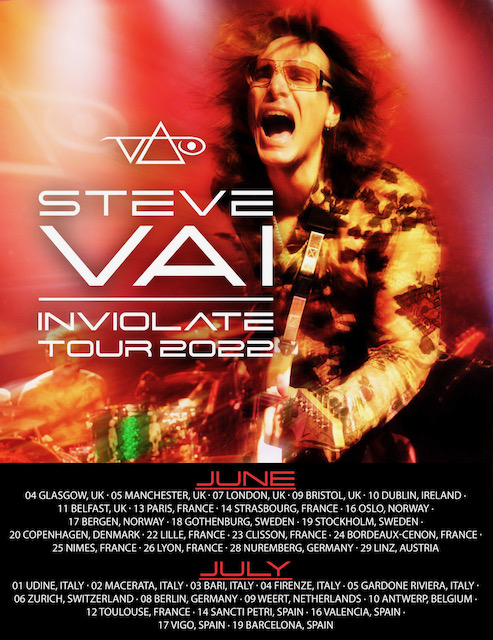
BraveWords: What can people expect at the shows?
Steve Vai: “When I was putting the show together, I felt myself going back to my conventional kind of ‘show building.’ Which has kind of quirky moments in it at times, and an acoustic set, and the shows end up being three hours long, and all this stuff. The last tour was the Passion and Warfare [25th Anniversary] tour, and I kept it to two hours, and that worked really good. So, I decided on this tour to cut away a lot of the fat and just get up there and play. We do a bunch of songs from the new record – more new stuff than I’ve done in the past with new records. And we’re doing a couple of tracks that I’ve never played that I’ve always wanted to play. Also, tracks that are my ‘hits’…or what I should say, the ones that I assume fans are expecting. It’s a great flow. It’s just so nice to be on stage again with the band and feeling the energy of the people. It feels different this time. Maybe because I’m older and people that stick around in an artist’s career for decades do so because there’s something in the music that they’re attracted to. And that’s my audience now. It’s those folks. And we have a good time.”
BraveWords: Let’s discuss the new album, Inviolate.
Steve Vai: “Every artist tries to diversify from one project to the next. Sometimes, the change is subtle. Sometimes, it’s dramatic. Like, if you hear Flex-Able and then you hear Passion and Warfare, you would never expect that the same guy made those records. And then you listen to Sound Theories – which is a double orchestra record – these are very different. But there’s still the DNA of the melodic intent that runs through everything an artist can do when they’re writing everything. So, Inviolate has that DNA in it. To me, it feels more free. I’m expressing my desires even more clearly – without apprehensions. I feel that at this point, I don’t have to placate to radio…well, I always felt that way – or any group, genre, or anything like that. And I think the fans that like what I do appreciate that.
“So, Inviolate was a nice opportunity for me to stay focused on instrumental guitar – sort of rock tracks – that cover a gamut of the expression that I enjoy doing. And there’s some interesting things on this record – I kind of hit some milestones that were much more subtle in the past. One song in particular is ‘Knappsack,’ where it just came out. I only had one hand to play, and it just seemed like a great idea to write a song with one hand. And I had a great response to it. Another was ‘Candlepower’ – it was very different for me. I gave myself a lot of limitations, but some interesting things came out of it. It’s very different than anything in the past. And ‘Teeth of the Hydra’ and the whole construction of that thing – that was ambitious, but successful. And I think that it raised the bar on my level of ability to entertain. It’s probably one of the more entertaining things for the fans that I’ve ever done. And I’m so happy about that – at 62. I cut a lot of fat out of the record. A lot of my records in the past had quirky moments and in-between talking bits and very densely produced kind of epic pieces, sometimes. And this is just more refined.”
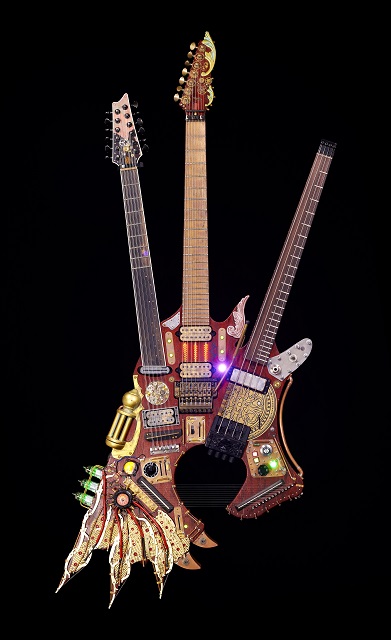
BraveWords: How did you create the Hydra guitar that you play in the “Teeth Of The Hydra” video?
Steve Vai: “I’ve always had a fascination with multi-neck guitars – ever since I saw Jimmy Page with the double neck [a Gibson EDS-1275]. That was the start of it. And I pursued that in my career by developing various multi-neck guitars – the heart guitar with the triple neck. But I never really felt like I accomplished anything truly musical with one of them. When I say that, I mean ‘complete’ – how I wanted to perform on a multi-neck guitar. So, it’s a constant process of development. Then, the idea came probably about ten years ago to create three records – because you get all these ideas to do projects, and then they change – kind of like Alien Love Secrets, but the first was going to be all clean tones, the second was going to be my more normal distorted thing, and the third was going to be ungodly heavy. So I thought, ‘Ungodly heavy…and I just have one instrument to use. I’ve got to do something different.’ And the idea to create some kind of multi-neck instrument that had a bass, a 7-string, a 12-string, and these harp strings – that came back then, like ten years ago. But when you get these ideas, you can either act on them instantly, or you’ve got to wait until they make their way to the front of the line. And what I usually do, is I plant a seed, I get out of the way, and I watch for cooperative components to come together at the right time.
“So, the construction of the Hydra took my entire career, basically – if you consider the evolution of the influences. So, when it finally started to move its way to the front of the line, it was probably about seven years ago that I saw this Mad Max movie [2015’s Mad Max: Fury Road], and I saw the guy play the guitar at the front of the truck, and the guitar. And the guitar was very ‘steampunk.’ And it was just cool. It was wicked – blowing flames and all this stuff. And the ham in me just lit up, and I’m like, ‘OK, I got it. I’m going to make it real.’ So, that inspired the steampunk motif. I didn’t want to go in one genre like, ‘OK, this is steampunk’ – I like to add different things to personalize it. So, I gathered all this steampunk fashion stuff – pictures – and the list of things I wanted to have in this instrument. And they were three-quarter size bass neck with the first two strings fretless, 7-string, 12-string with half of it fretless, 13 harp strings, guitar synthesizer, piezos, sustainers, sample and hold features. All of these things, that I’m just going to pack it all in there – because if this is going to be the only instrument in the track, it’s got to have options. So, I took that idea, and I sent it with the steampunk examples to Hoshino [the United States distributor of Ibanez], and these guys just started sharpening their knives, man. They went nuts-o. And they’re so talented. The first thing I got back was a rendering. And then we tweaked the rendering. So, seven years ago was the beginning of the slow construction, and then it just went through iterations. And then eventually, they came to the house with a cardboard cutout of the Hydra, so I could place the neck and say, ‘Do it like this’ or ‘Move this here’ or ‘Put this there’ or ‘Put the 13 harp strings here instead of there.’ Because you’ve got to kind of feel it out to see if it’s going to be possible to navigate.
“And once we got that far, we built a prototype, that I call the Hyena. But eventually, the Hydra was built and I got it. I knew all along that I wanted to create a piece of music on it that was compact – where that was the only instrument playing, with some keyboards and drums, of course. So, in my mind’s eye, I could see myself navigating this thing. I didn’t know what the music was going to be, but I was absolutely sure I could do it – because I know that anybody can if they want to, and they take their time and do it slowly and build it. But the process needs to be an enjoyable one, and it was challenging for me, but it was very enjoyable. And I knew first I wanted to make sure I had a good song – the song has to be first, the melody. Melody has always been very important to me. So, when I first sat behind the Hydra, I was a little stunned. I didn’t quite know how to gain the independence, because 50 years of conditioning of when you hit a note you pick it, I had to break all that and figure out ways to make the melody work within the mechanics, so that the melody sounds seamless and not constrained by any gimmickry or anything like that. So, I just started really slow. And then just imagined…and it happened.
“When I watch the video, a part of me just can’t believe it. Because I’m a guitar fan – like everybody else who is watching. I love the guitar. And I love seeing fascinating things on the guitar. And when I finally finished the video, I was able to watch it without criticizing it. Because when you’re building it, you’re critiquing along the way, and you’re not aware of what anybody might think. You’re just staying focused and never really watching it with a full surrender. So finally, when we finished it, I’m watching it, and like every other guitar player that finds it fascinating, I’m like, ‘What the heck is going on? How did that guy do that?’ And then I remember how I did it – I started really slow. I had the idea – which isn’t a brilliant idea – but I had the desire, and that’s all that you need. And then I just did it really slow and built it. It looks extraordinary, but really, just do it.”
(Top photo - Larry DiMarzio)

